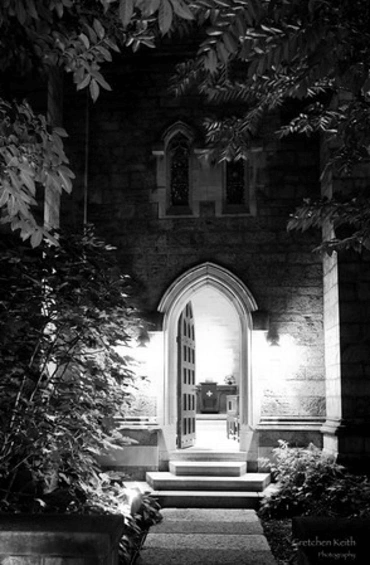1
وان كان قربانه ذبيحة سلامة فان قرّب من البقر ذكرا او انثى فصحيحا يقرّبه امام الرب.
2
يضع يده على راس قربانه ويذبحه لدى باب خيمة الاجتماع ويرشّ بنو هرون الكهنة الدم على المذبح مستديرا.
3
ويقرّب من ذبيحة السلامة وقودا للرب الشحم الذي يغشّي الاحشاء وسائر الشحم الذي على الاحشاء
4
والكليتين والشحم الذي عليهما الذي على الخاصرتين وزيادة الكبد مع الكليتين ينزعها.
5
ويوقدها بنو هرون على المذبح على المحرقة التي فوق الحطب الذي على النار وقود رائحة سرور للرب
6
وان كان قربانه من الغنم ذبيحة سلامة للرب ذكرا او انثى فصحيحا يقرّبه.
7
ان قرّب قربانه من الضأن يقدمه امام الرب.
8
يضع يده على راس قربانه ويذبحه قدام خيمة الاجتماع ويرشّ بنو هرون دمه على المذبح مستديرا.
9
ويقرّب من ذبيحة السلامة شحمها وقودا للرب الألية صحيحة من عند العصعص ينزعها والشحم الذي يغشّي الاحشاء وسائر الشحم الذي على الاحشاء
10
والكليتين والشحم الذي عليهما الذي على الخاصرتين وزيادة الكبد مع الكليتين ينزعها.
11
ويوقدها الكاهن على المذبح طعام وقود للرب
12
وان كان قربانه من المعز يقدمه امام الرب.
13
يضع يده على راسه ويذبحه قدام خيمة الاجتماع ويرشّ بنو هرون دمه على المذبح مستديرا.
14
ويقرّب منه قربانه وقودا للرب الشحم الذي يغشّي الاحشاء وسائر الشحم الذي على الاحشاء
15
والكليتين والشحم الذي عليهما الذي على الخاصرتين وزيادة الكبد مع الكليتين ينزعها.
16
ويوقدهنّ الكاهن على المذبح طعام وقود لرائحة سرور. كل الشحم للرب
17
فريضة دهرية في اجيالكم في جميع مساكنكم لا تاكلوا شيئا من الشحم ولا من الدم







